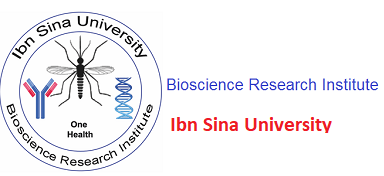Project Title
Molecular epidemiology network for exploring the overlapping of Trypanosoma brucei infection in human and cattle in South Darfur State, Sudan.
Group Leader: Dr. Khalid M. Nour
Introduction:
Trypanosomiasis has been recognized as a scourge in sub-Saharan Africa for several decades. The disease, caused by protozoan parasites of the genus Trypanosoma, is a major cause of mortality and morbidity in human and animals (Kennedy and Rodgers, 2019). In human, the disease known as sleeping sickness, which transmitted by the bite of the bloodsucking tsetse fly of the genus Glossina, and caused by Trypanosoma brucei gambiense in West African, while in the East African people found to be infected by T. b. rhodesiense (Brun et al., 2010; WHO, 2013). In animals such as cattle, usually African trypanosomiasis is known as nagana, and there is a close relationship between human and animal trypanosomiasis (also known as nagana). Animals are described as the main reservoir of infection for human trypanosomiasis caused by T. b. rhodesiense (though some animals can also harbour T. b. gambiense) (Giordani et al., 2016).
The situation of human trypanosomiasis in Sudan is changed when South Sudan, separated (2011), but still the problem in animals, mainly cattle, is still at risk, in two districts, Al Radom national park (South Darfur State) and Blue Nile States (Mohamed-Ahmed et al., 1992; Salim et al., 2011). Since most nomadic with their animals are spending the dry season (November – May) in Al Radom national party, and sometimes they migrated to South Sudan, both are at risk to be infected with African trypanosome. Therefore, our study designed with objectives of:
Study the prevalence of Trypanosoma spp. Infections in cattle in Al Radom, Sudan, using both phenotypic and molecular techniques.
To design the phylogenetic tree of the different Trypanosoma spp. will be identified.
The study will provide information regarding the basic epidemiological data and the overlapping due to infecting human and cattle with Trypanosoma spp.

